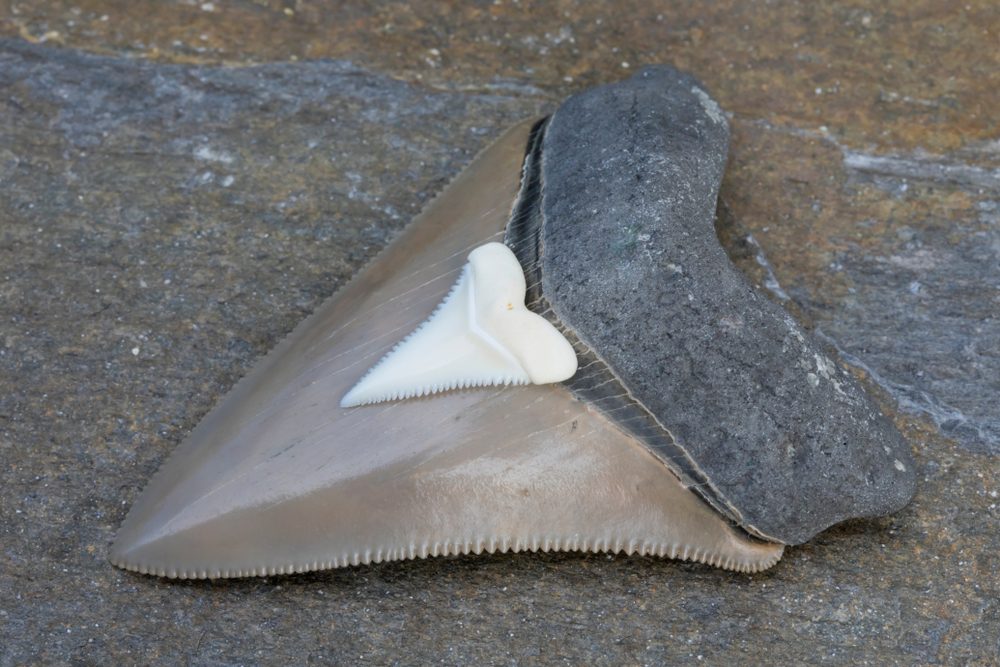Now Reading: 18-Million-Year-Old Megalodon Teeth Uncover Surprising Dietary Habits
-
01
18-Million-Year-Old Megalodon Teeth Uncover Surprising Dietary Habits
18-Million-Year-Old Megalodon Teeth Uncover Surprising Dietary Habits

Rapid summary:
- Fossilized teeth remain the key evidence of the existence and dietary habits of megalodon, a massive ancient shark species.
- A new study published in Earth and Planetary Science Letters reveals previously unknown details about megalodon’s diet using zinc isotope analysis from 18-million-year-old teeth.
- Zinc levels found in megalodon teeth show that thay consumed a wide variety of prey, including marine mammals, smaller sharks, dolphins, whales, and even species lower on the food chain.
- Historically believed to primarily feed on large marine mammals due to their high caloric needs (100,000 kilocalories/day), megalodons are now viewed as “ecologically versatile generalists.”
- the new zinc analysis technique allows researchers to better understand changes in marine ecosystems over time and provides insight into supercarnivore extinction events.
- Kenshu Shimada of DePaul University highlighted how even apex predators like megalodon were susceptible to environmental changes leading to extinction.
Indian Opinion Analysis:
The finding sheds light on how large predators adapt within ecosystems in response to food availability. For India’s scientific community, this research serves as an example of advanced paleobiological analytical techniques that could be employed locally for studying extinct megafauna such as Indopithecus or ancient marine vertebrates found in India’s coastal fossil deposits. It also underscores the importance of interdisciplinary approaches combining geological data with biological insights for understanding extinction risks-a relevant topic given modern-day concerns regarding biodiversity loss. Broadening this knowledge furthers India’s participation in globally meaningful scientific advancements while inspiring conservation efforts tied directly to its rich natural history.
























